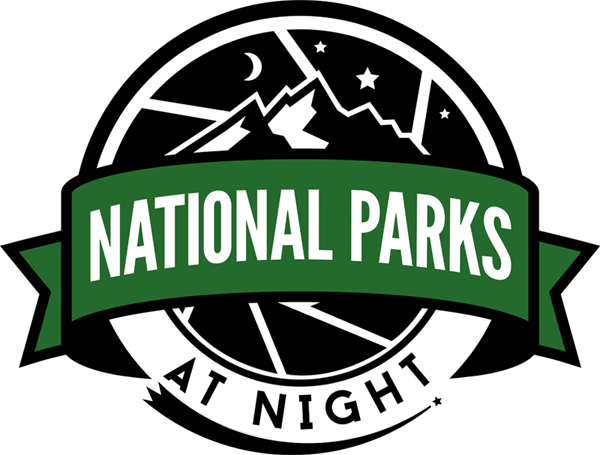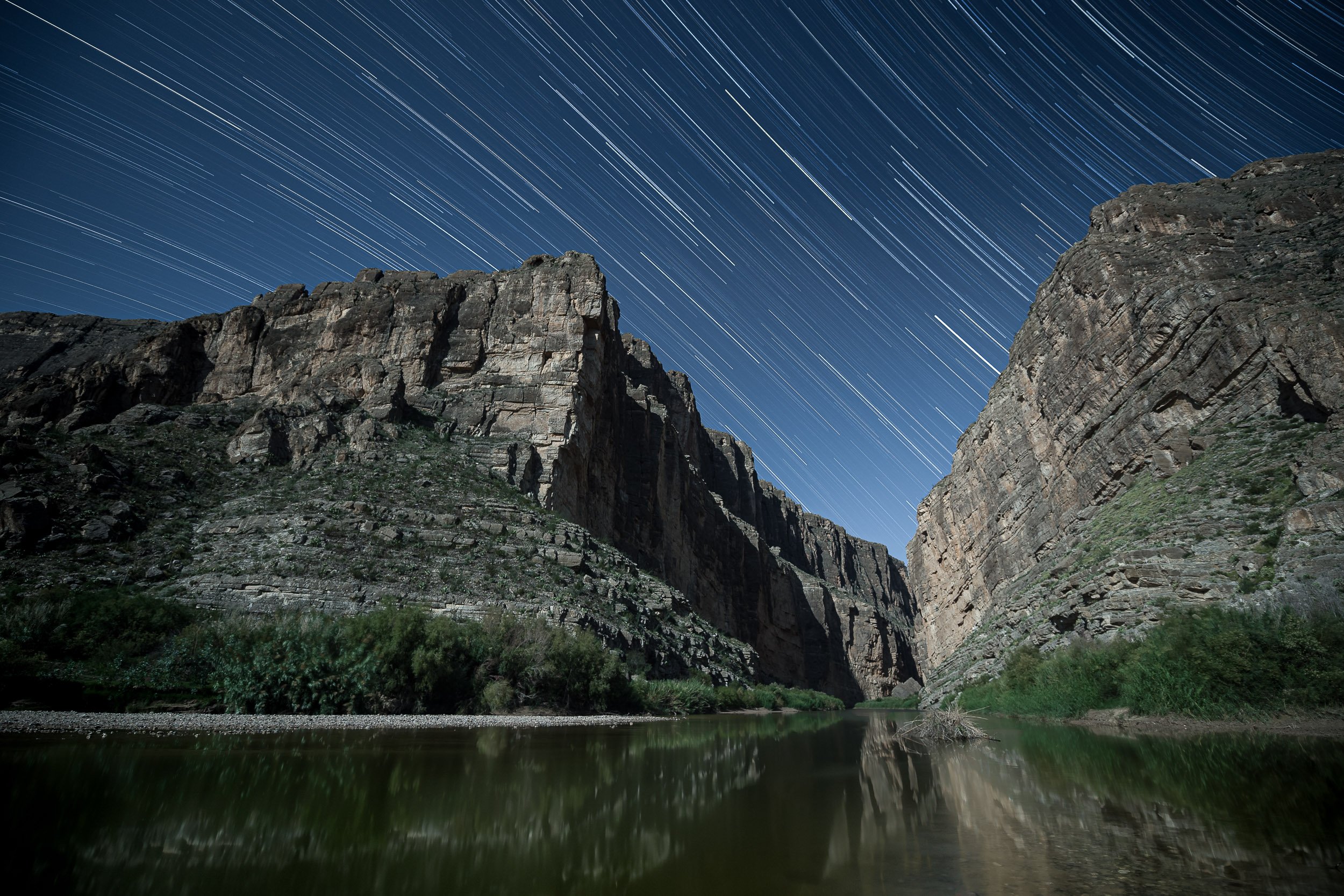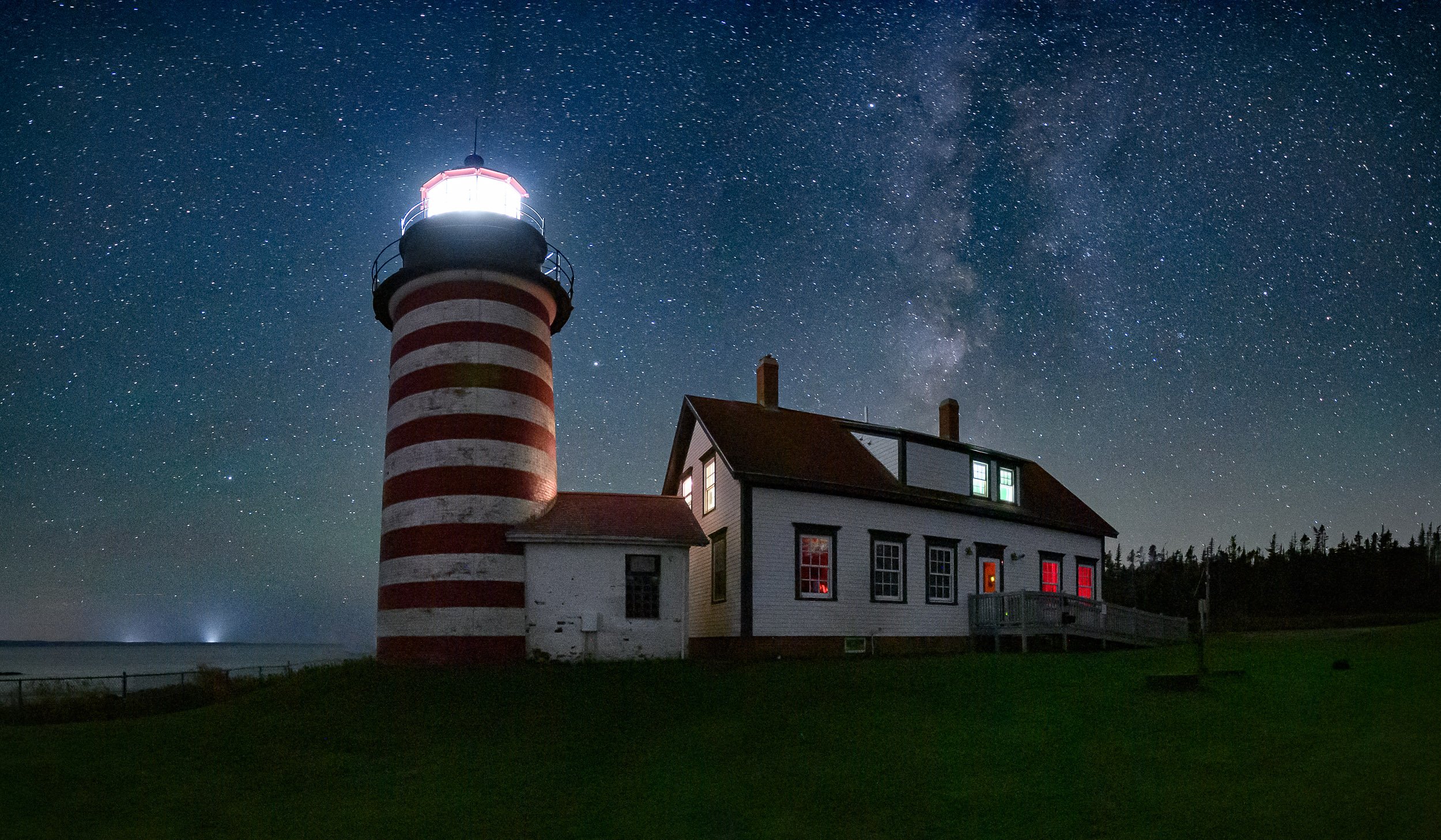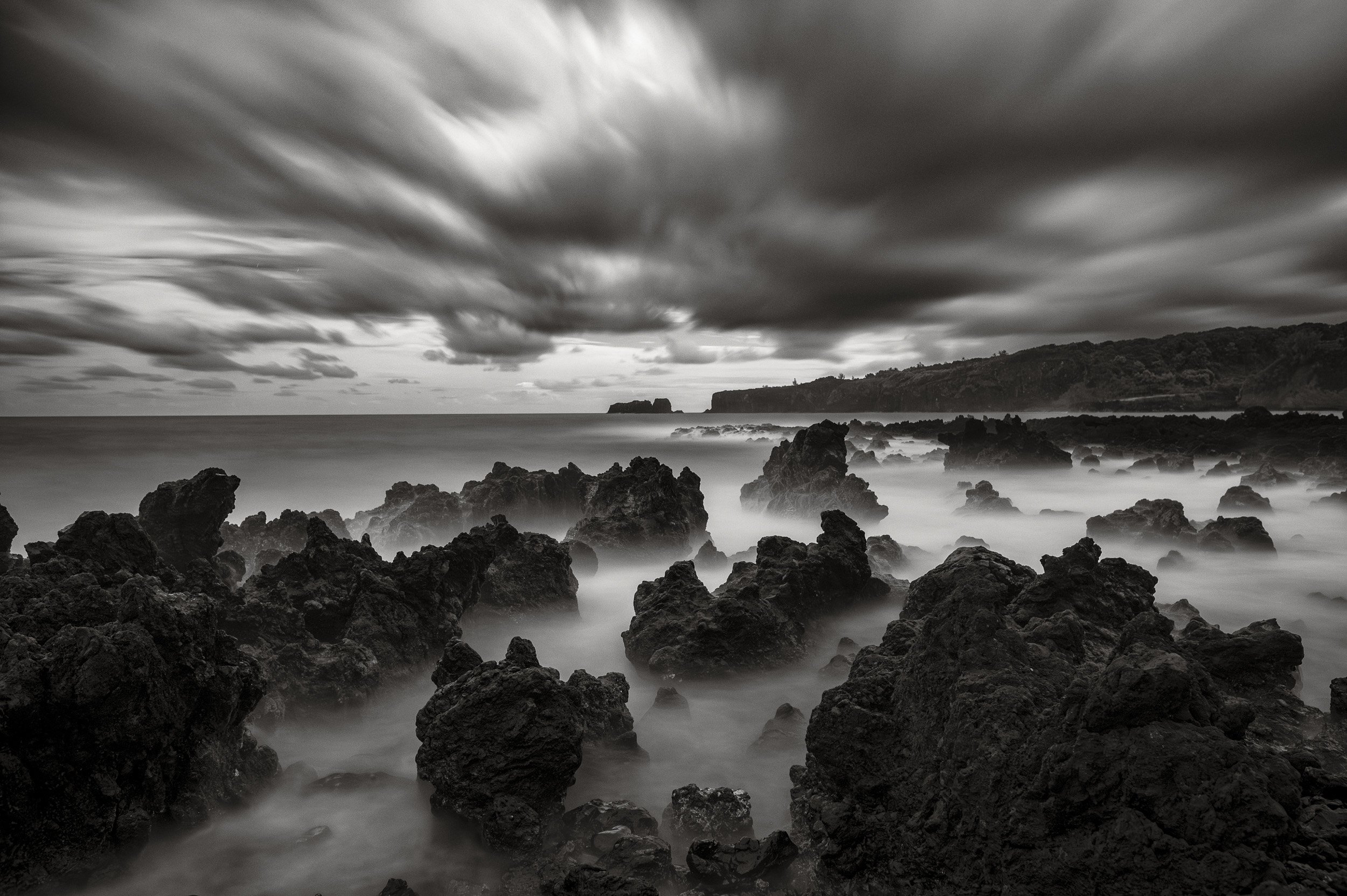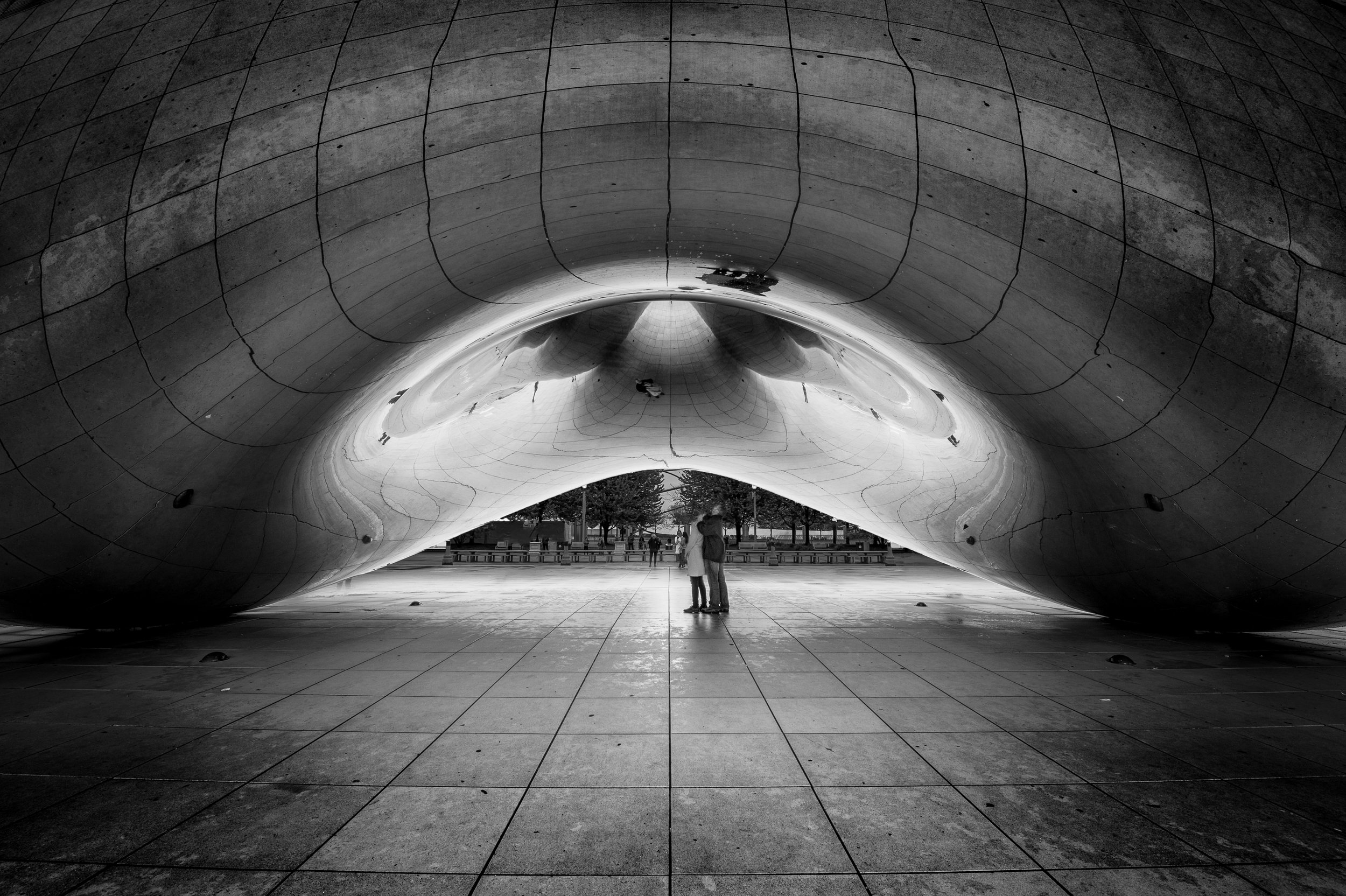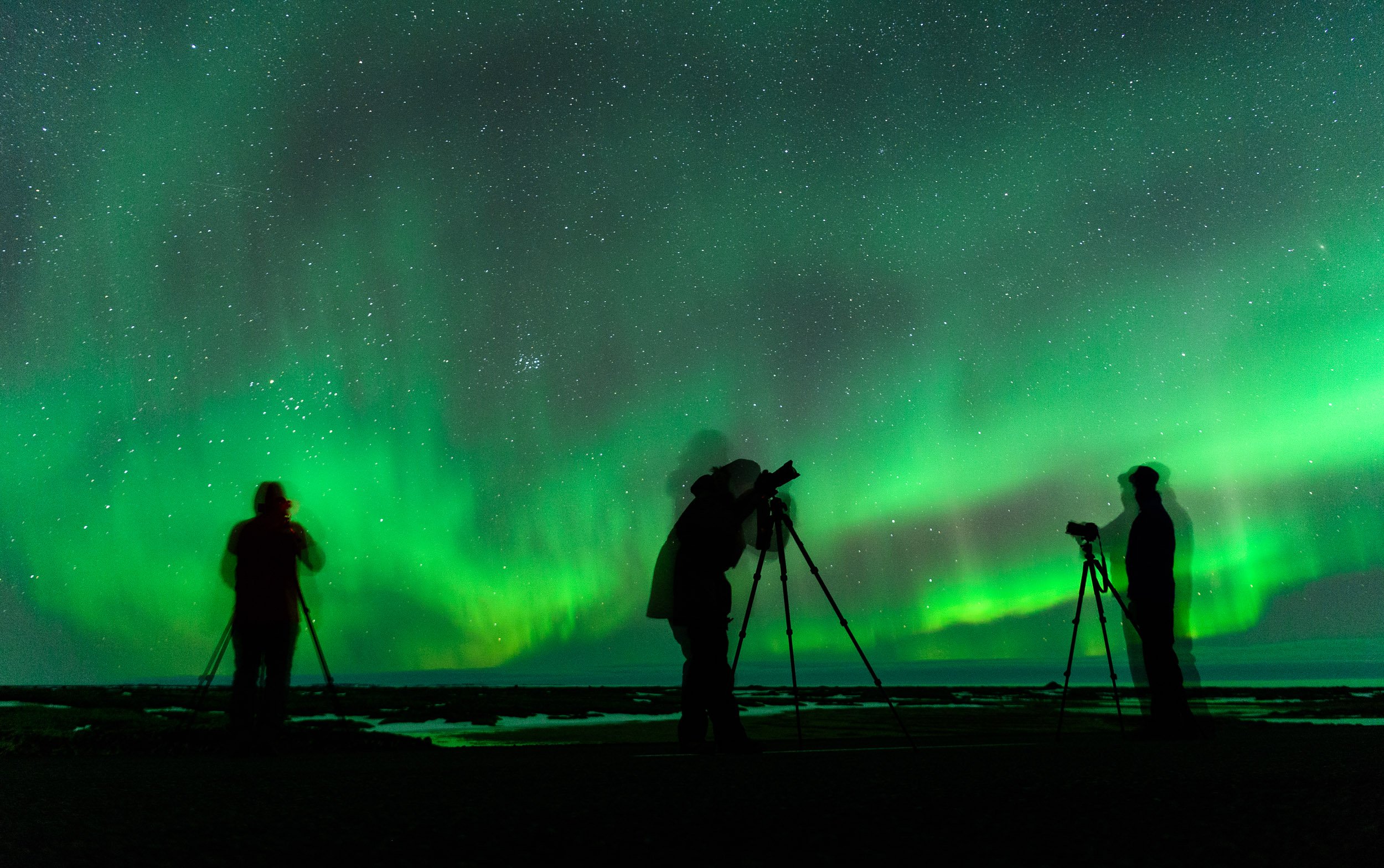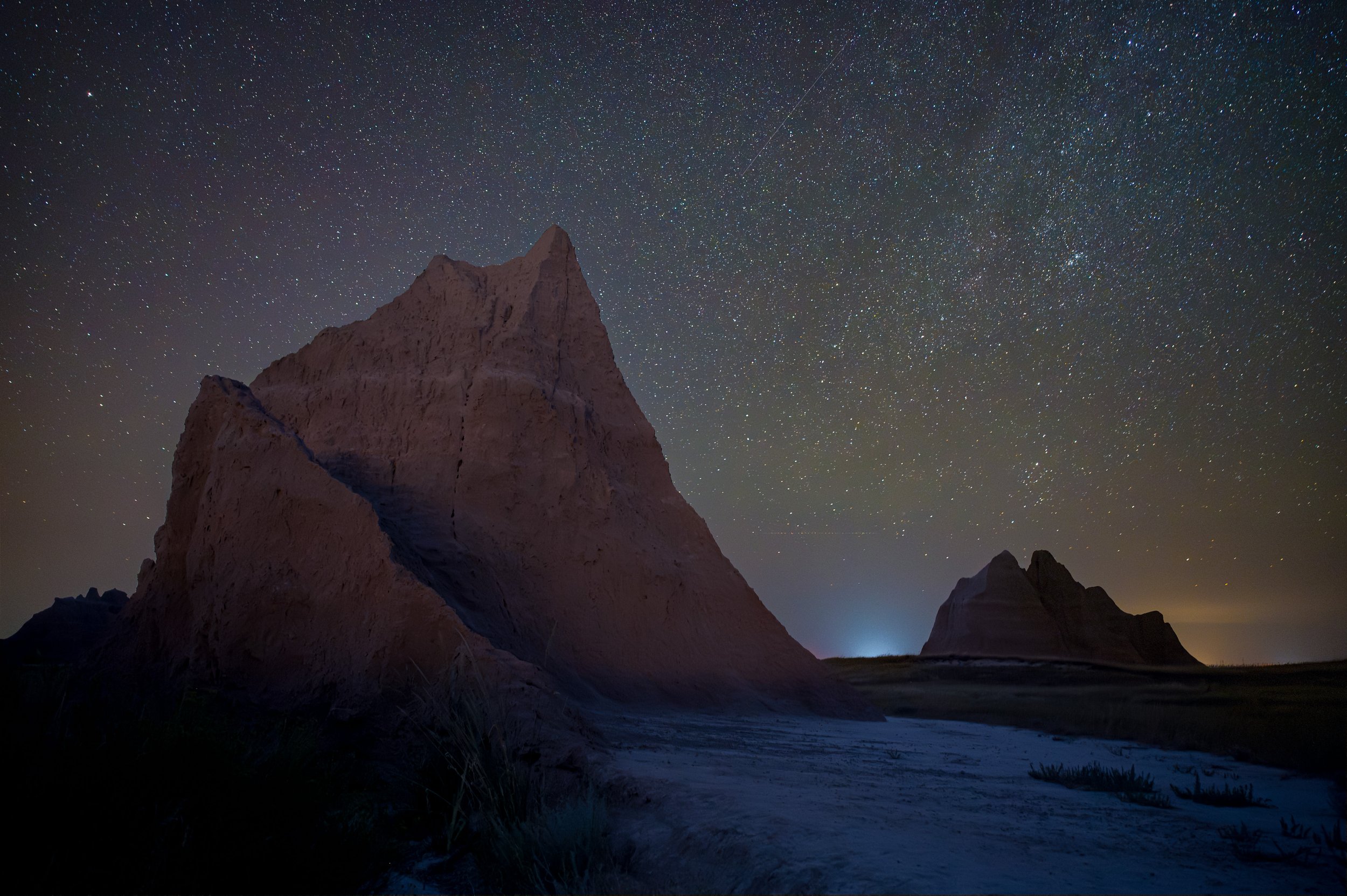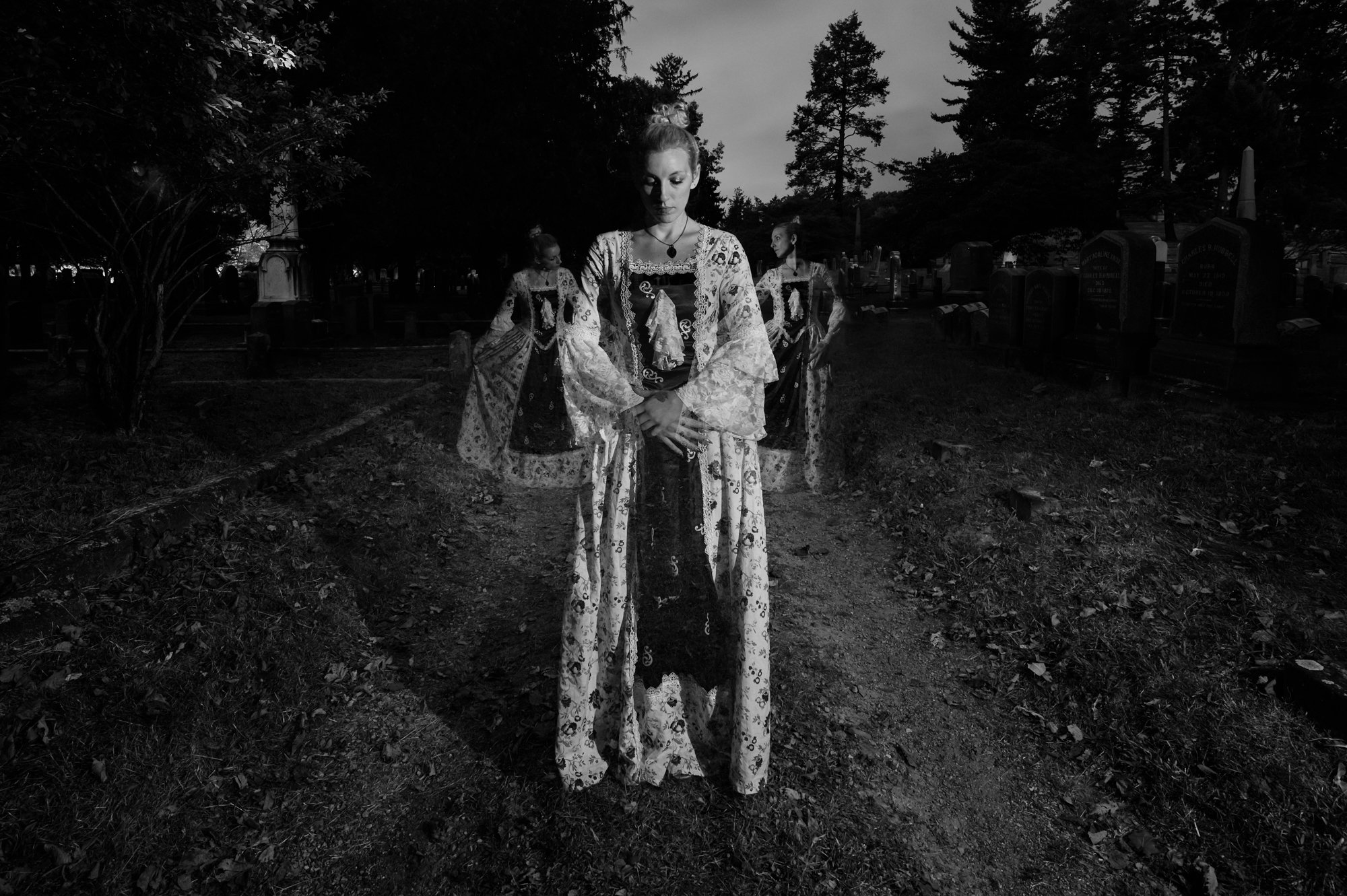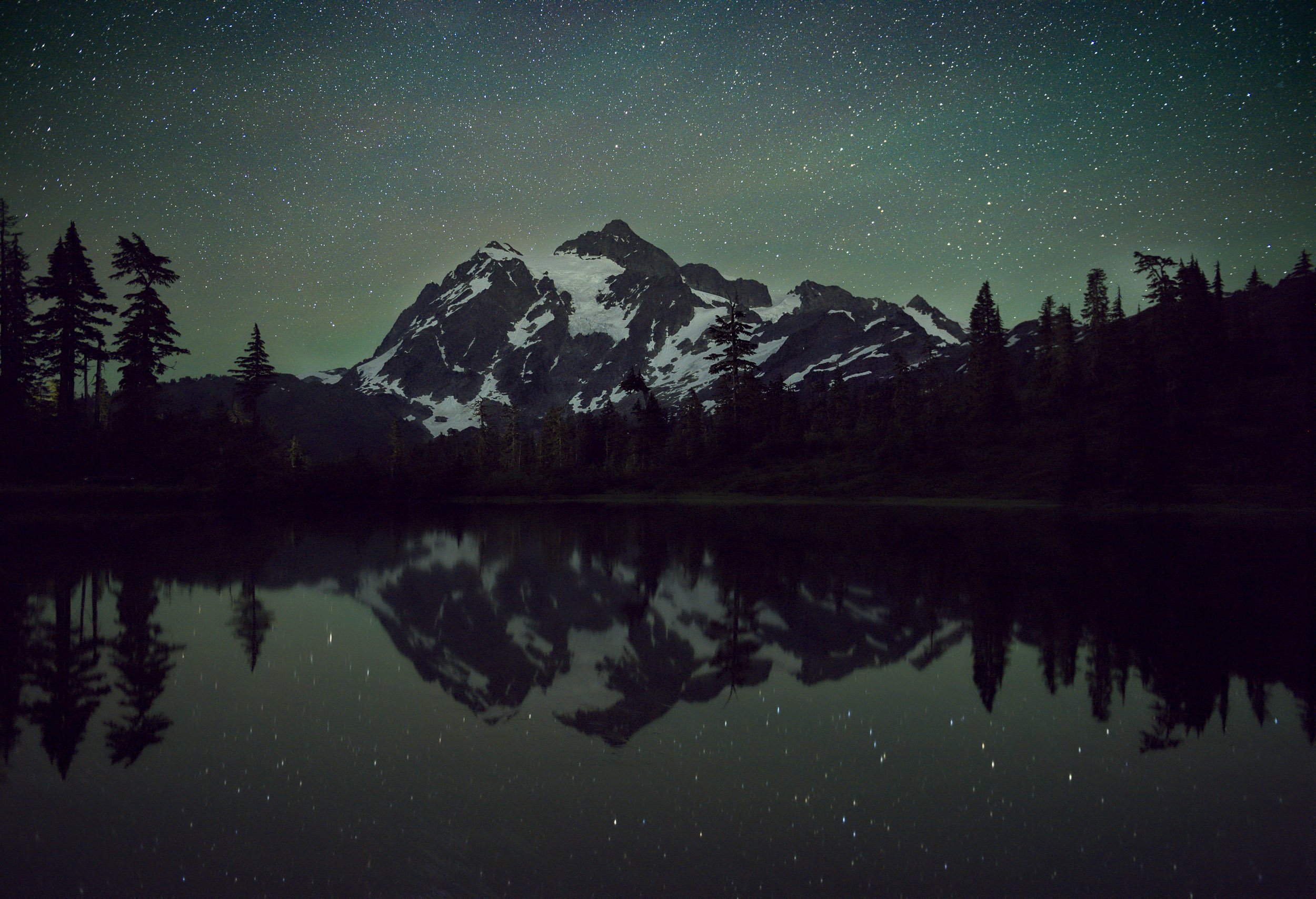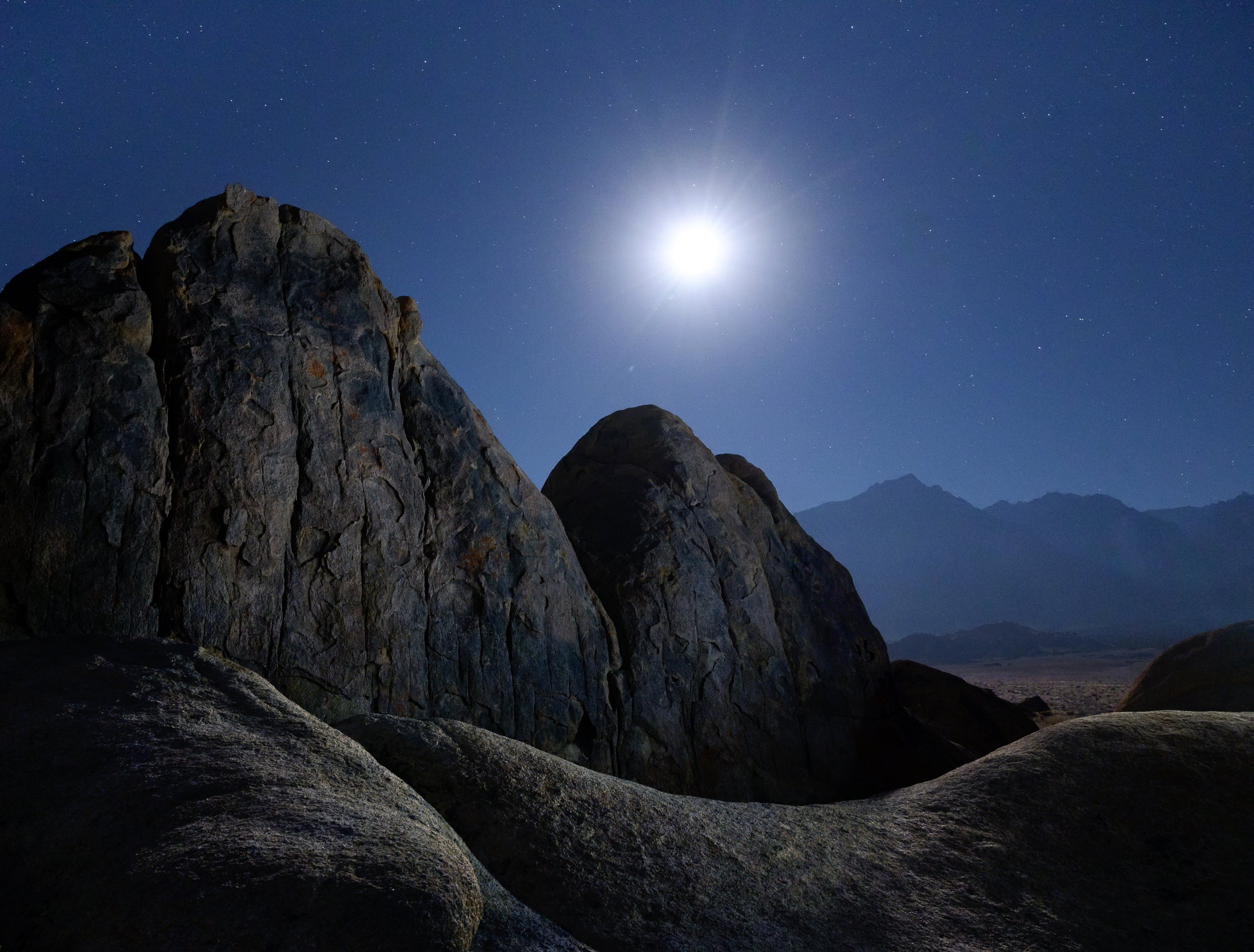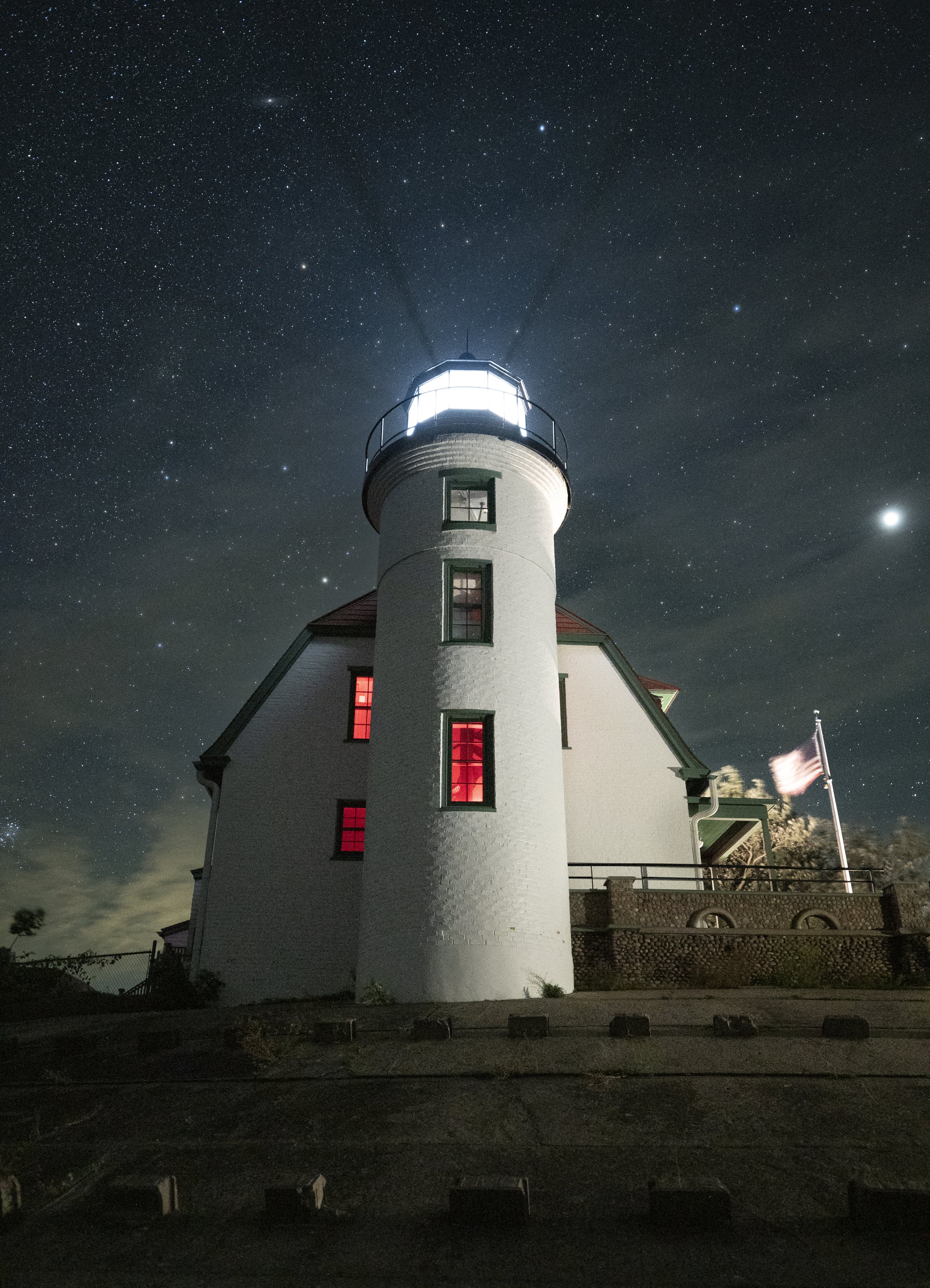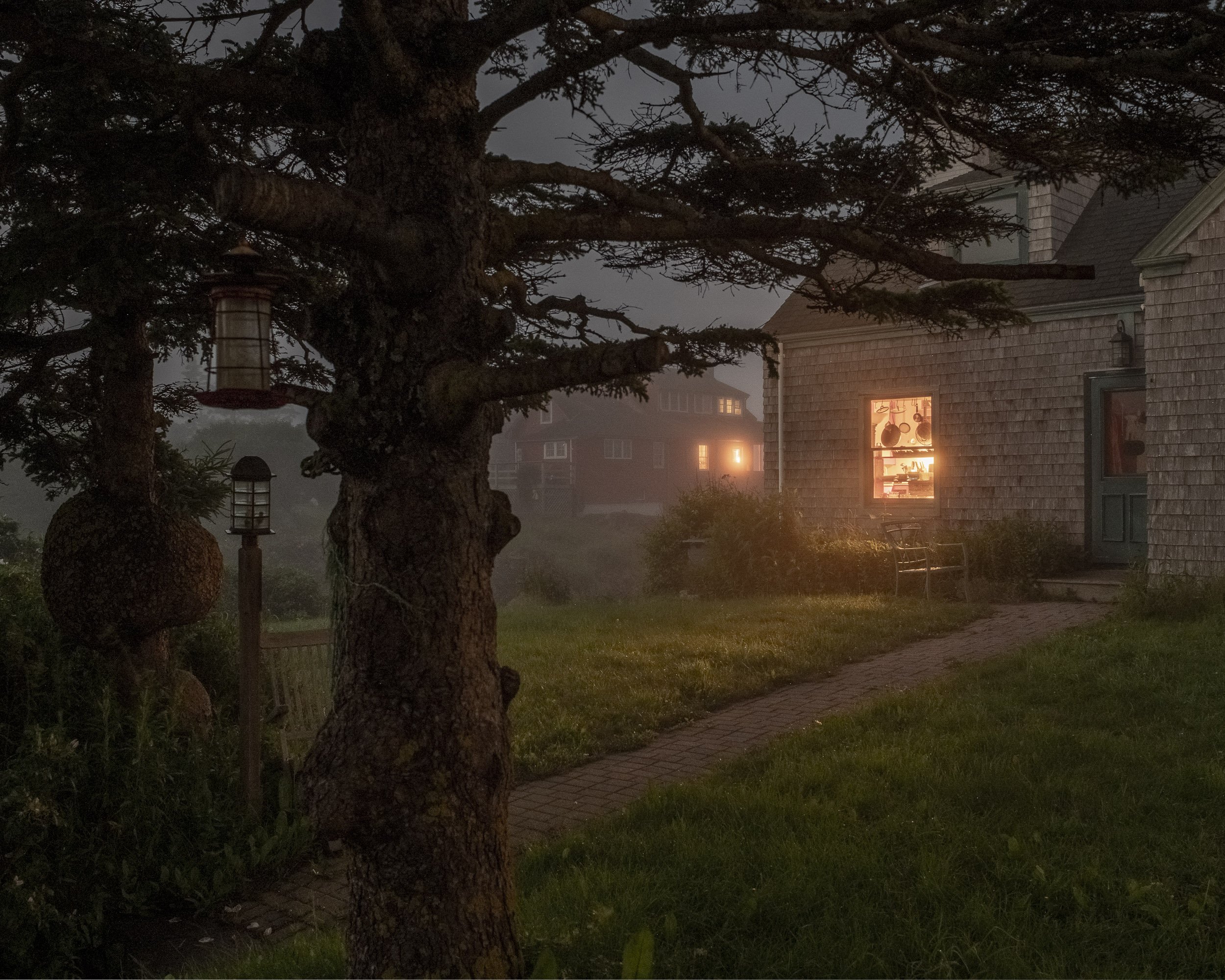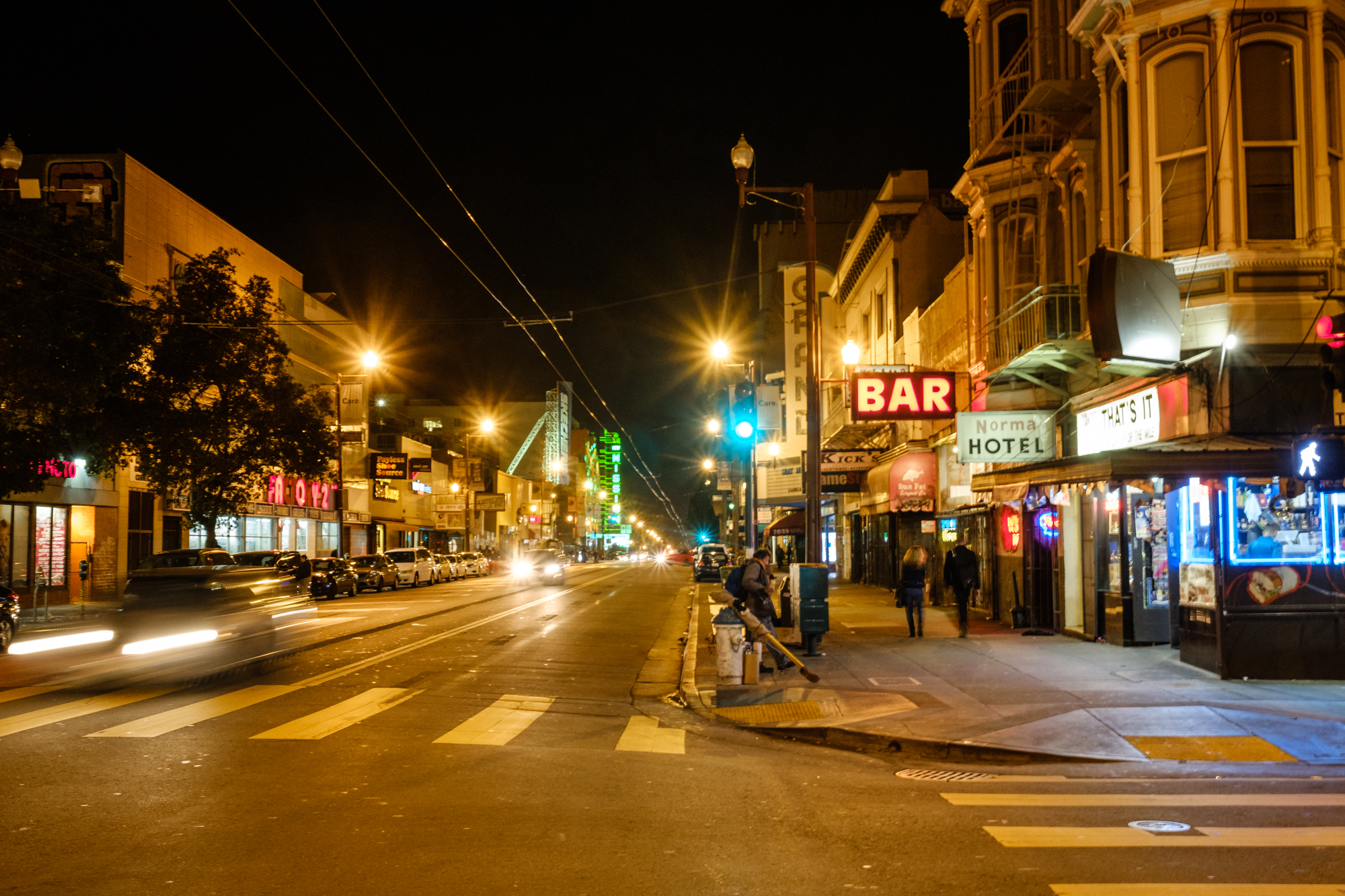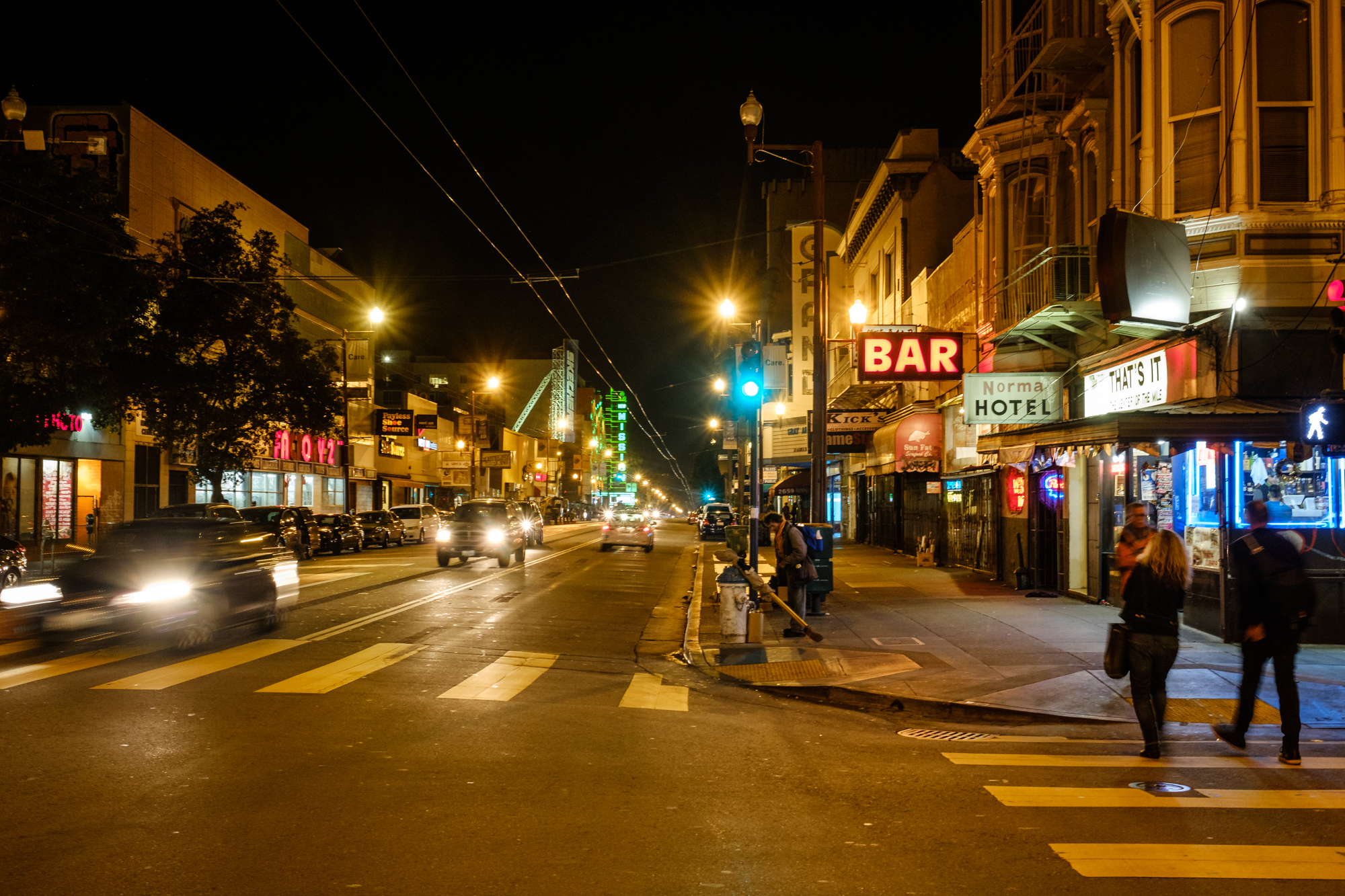How I Got the Shot: Walkway to the Stars at Dry Tortugas National Park
Star stack over the moat wall at Florida's Dry Tortugas National Park. © 2016 Gabriel Biderman.
The Location
Last year, an amazing time-lapse video brought awareness to one of the most remote national parks in our country, Dry Tortugas. Three days after I watched that stunning piece, I was invited to come down and create my interpretation of the largest masonry structure in the Americas, under the night skies, all while doing prep work for our workshop in Dry Tortugas this coming July.
Dry Tortugas takes some effort to get to: Go as far south as you can in the continental U.S., then turn right and go 70 miles out into the sea. The fastest boat gets you there in just over two hours. As I walked around the deck of the boat, all I could see was an endless horizon in every direction. It was like looking at an infinite blank canvas, which can be thrilling and definitely a little daunting. Eventually a small red dot on the horizon turned into a larger box, then a brick rectangle, until … it finally became Fort Jefferson looming ominous above us.
I had a good eight hours to scout the fortress, which encompasses the whole island. I was immediately drawn to the walkway, which creates a moat around most of this engineering marvel. The fort’s overall shape is hexagonal. I was paying attention to a few things as I made my way around the six-angled pathway. First, I noticed that at each turn, and at a low enough angle, the road seemed to meet the horizon.
This emphasized an infinite passage to the sky.
OK, I like that.
The next thing that came immediately to my mind: Does one of these paths point directly north? If we can blend that straight line to meet an epic circular star trail, I think we have a winner!
Lighting and Conditions
In an ideal world I would have planned this shoot around a new to half moon. It was summer and Milky Way season, plus the fort offers so many light painting opportunities. But the only time we could coordinate my visit was around a full moon, so I had to embrace the idea of lots of light. Fortunately the sky was clear except for some clouds that hovered over the far horizon.
Gear
Because I had only one night to scout, I brought a bunch of gear, including two rigs so that I could stay as productive as possible on a short summer night. The gear I used for this shoot was:
- Nikon D750
- Nikon 14-24mm f/2.8 lens
- Gitzo 2545T-82QD Series 2 Traveler tripod and ball head
- Tether Tools Case Relay
- Vello Shutterboss II wired remote
- Vello Three-Axis Hot-Shoe Bubble Level
Test Shots
I always take two to 10 high ISO test shots to confirm focus, composition and exposure. Even though it was bright out with the full moon, our eyes adjust and see better than our viewfinder or LCD screen.
The first test shot (Figure 1) of 6 seconds, f/5.6, ISO 6400 was taken at a focal length of 24mm. The histogram showed that it was an average exposure with very little dark shadows and bright highlights.
Figure 1
The composition wasn’t doing it for me. My main subject was the path, and it was not being given its due with that framing. I moved the rig to the middle of the walkway and went a little wider—from 24mm to 20mm for the second shot (Figure 2).
Figure 2
Still needed some finesse. So I closed all the legs to the tripod and shot lower and wider, going from 20mm to 14mm. I was also observant of keeping the camera very level—I didn’t want to distort or have converging lines in the fort by pointing at an oblique angle. I also wanted to include lots of stars and sky. Figure 3 is one of my few shots where the horizon is practically in the middle, but the strong foreground of the path plays nicely against the open sky.
Figure 3
I was almost there. Before I commit to an hour-plus exposure, it is very important to patrol those composition borders and make sure everything is there for a reason. I felt the entry point of the walkway was a little off. I wanted it to be coming in from both of the lower corners, so that path would fill the bottom of the frame and then fade off to infinity (Figure 4).
Figure 4
Using the Six-Stop Rule, I lowered my ISO from 6400 to 100 and then added the six stops to my shutter speed—which turned 6 seconds into 6 minutes. However, the air temperature was about 75 F, too hot to rip a 6-minute exposure without inducing long-exposure noise. I felt safer using an ISO of 200 and a shutter speed of 3 minutes.
But something was nagging me: That histogram was too average.
I was about to create a dramatic 1- to 2-hour stack of exposures, and I didn’t want it to be average-looking. So I shaved about one-third of a stop off the shutter speed, and set a final exposure of 2 minutes, f/5.6, ISO 250.
I set the camera to Bulb, turned off my LENR and set my Vello Shutterboss to 2 minutes, with a 1-second interval between shots, and an infinite number of frames. I set the timer on my phone and then went to the top of the fort to continue photographing with my other rig for a couple of hours.
Putting it Together in Lightroom and Photoshop
I ended up with 60 2-minute exposures that I was going to stack to create a 2-hour star trail. The exposure was similar across the 60 images, so in Lightroom I worked on one image, making simple Lens Profile corrections and slight adjustments to the Exposure (-45), Clarity and Vibrance settings, and then synced those adjustments to the other 59 images.
Then I selected all 60 frames and went to Photo–Edit In–Open as Layers in Photoshop (Figure 5).
Figure 5
Depending on how big your file sizes are and how juiced your computer is, this can open in 1 to 2 minutes or 1 to 2 hours. (I recently stacked 600 shots and it took my poor MacBook Air close to 4 hours. Guess who is upgrading their travel computer!)
When my Dry Tortugas image opened in Photoshop, I selected all the layers and changed the blend mode to Lighten. And voila, all the stars connected to create a nice long star trail.
However, the caveat with this post-processing technique is that the Lighten blend mode also stacks any other highlights in the scene—such as, in this case, the white clouds. Photoshop blended all the clouds into one, which was a bit too much for my liking. (Figure 6).
Figure 6
I turned different layers on and off to find the clouds that I didn’t want in the scene. I unfortunately identified that the first 45 images had clouds cutting right through the middle of the star trail. My two options were to go in and touch up 45 layers, or cut them out completely and go with a shorter star trail. I choose the latter strategy, keeping the last 15 layers and settling for a 30-minute trail with fewer clouds. The remaining first layer had two small clouds that I wanted to remove, so I added a layer mask and used a black brush to paint them out (Figure 7).
Figure 7
Once I finished editing in Photoshop, I flattened the layers to keep the file size from exploding, and then did final cropping, sharpening and touch-up in Lightroom (Figure 8).
Figure 8: Here is the difference between the fully stacked image (right) and one edited down to remove the intrusive clouds.
I do love the blue and green colors in the scene, but to heighten the drama and stay true to how old this building is, I converted the photo to black and white in Silver Efex Pro 2.
Which do you prefer—the color or B&W? Feel free to add your thoughts in the comments section below.
Be one of the few people to experience Dry Tortugas and Fort Jefferson at night during our upcoming workshop in July. See our Dry Tortugas National Park page for more information.
